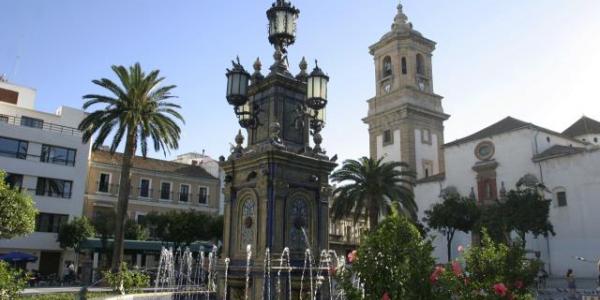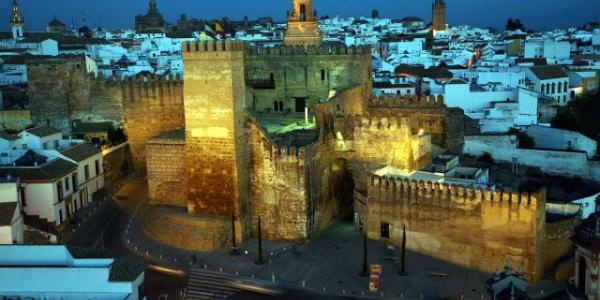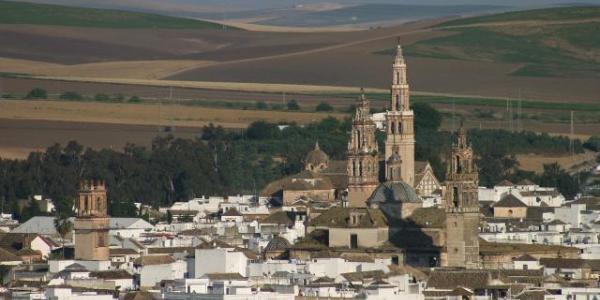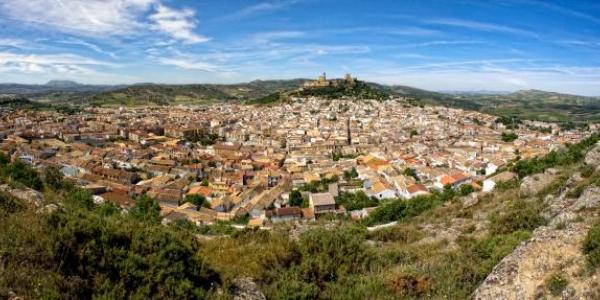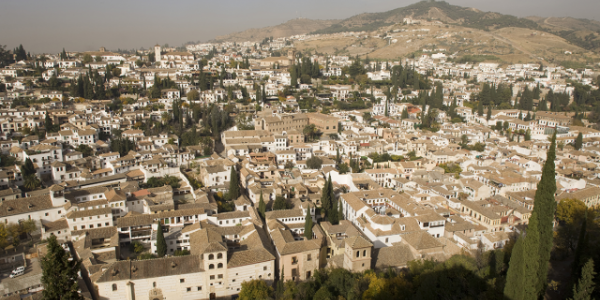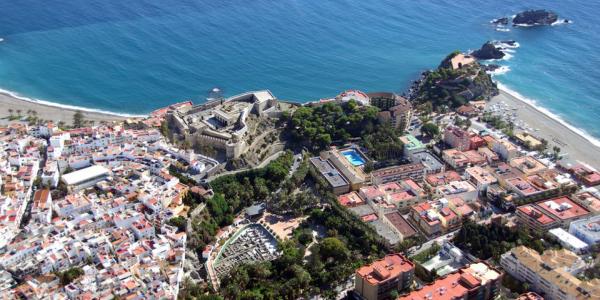
The delicacies of the ancient Nasrid capital include an appetizing gastronomic side we should not overlook. Recipes based on lamb, vegetables of the highest quality supplied by the fields of the vega (fertile plain by the river), confectionery and other specialties highlight, along with the spices and flavour games, a tradition that has its roots in the cuisine of al-Andalus. This gastronomic trend reaches completion with other equally substantial contributions such as salads and pipirranas (chopped vegetables salad), omelettes, soups, pork sausages, ollas (casseroles) and stews.
It would not be wise to miss rabo de toro (oxtail), tortilla sacromonte (Sacromonte omelette), sopita de ajo (garlic soup) or a succulent San Antón stew, with broad beans, lard and blood sausage, all prepared with great devotion. The Albayzin district sticks to its tradition in the snails, little broad beans with ham and sopa cachorreña.
In short, the visitor of Granada will be amazed by the rich and assorted gastronomy of the city. A good manner of tasting the typical dishes of Granada is to savour the juicy tapas served along the many restaurants spread all around the city. The mastery and delicacy in the manufactures, the attention to the detail, the abundance of geometrical and vegetal designs and other touches that are typical of the art of al-Andalus become evident in the crafts of Granada, heir to a traditions that dates back to the Nasrid era.
There are still crafts in Granada that go back to the times of al-Andalus, such as wood work, pottery, metal, jewellery, stone, glass, of long Nasrid tradition. Taracea (inlaid woodwork) must not be forgotten, using shells, mother-of-pearl, metal and multicoloured woods. There are different styles for typical pottery, from that dating from al-Andalus times to lustre pottery or the kind painted with green pigment and manganese, cuerda seca style or Fajalauza from Granada.



